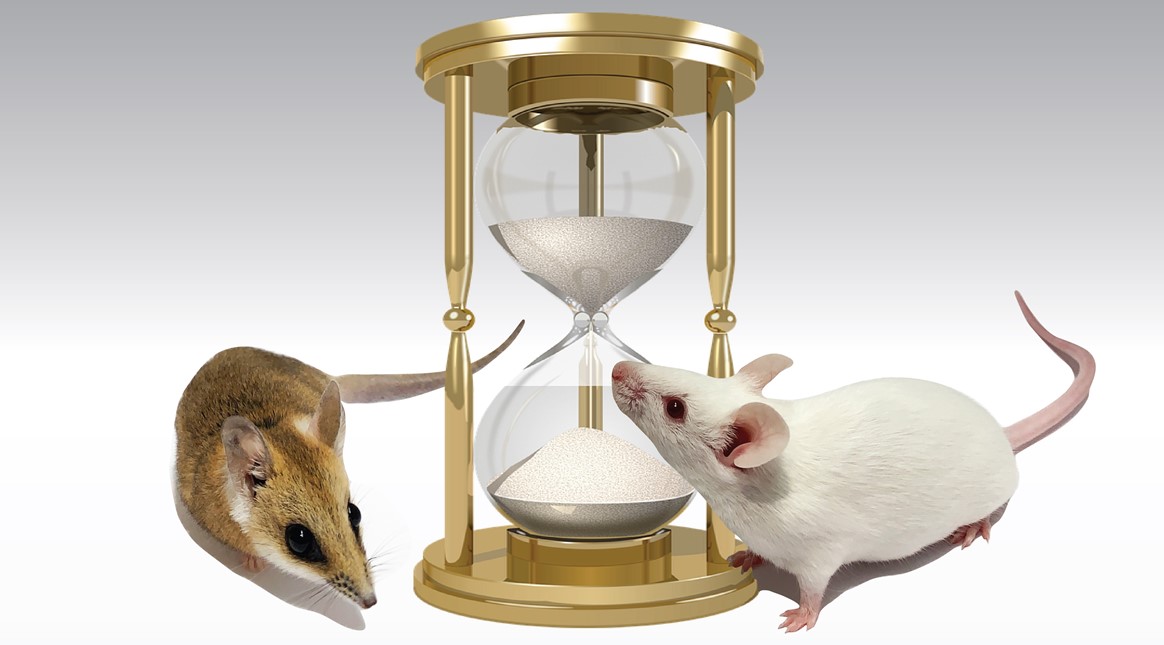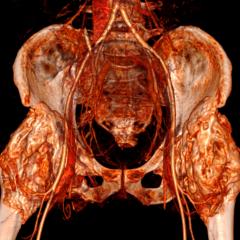University of Queensland researchers have compared brain development in marsupial and placental mammals, bringing us one step closer to understanding how the mammalian brain evolved.
Dr Laura Fenlon, School of Biomedical Sciences and Queensland Brain Institute researcher, said the study found there were different rules governing the timing of neurodevelopmental processes.
 “These processes include how brain cells are born, migrate and make connections with one another,” Dr Fenlon said.
“These processes include how brain cells are born, migrate and make connections with one another,” Dr Fenlon said.
The researchers compared the brains of Australian marsupial fat-tailed dunnarts and placental mice at 11 different stages of development, and found that processes could be flexible in their timing.
“Some processes take a few days to occur in one species, but only a single day in the other,” Dr Fenlon said.
“Other processes take the same amount of time in both species.
“This may help us understand the evolution of the brain in all species and therefore create a better understanding of the human brain.
“Marsupial mammals, such as kangaroos, have many peculiarities of development, including a remarkably early birth followed by development in the mother’s pouch.
“Compared with placental mammals, such as humans and mice, marsupials also take around three times longer to develop.”
The authors of the study investigated if this longer timeframe of development was uniform for all processes, or whether some aspects of brain development did not expand in time in the same way.
“It has long been suspected that the amount of time it takes different parts of the brain to develop can be linked to structural and functional outcome, including the extended development of the human brain,” Dr Fenlon said.
“We now have new insights into how different neurodevelopmental processes can be flexible in their timing by studying two extreme examples of time courses in mammalian development: placental mice versus the very slow developing Australian marsupial fat-tailed dunnart.
“These results suggest that there may be fundamental rules governing which neurodevelopmental processes can be flexible to timing changes, and which are fixed across evolution, with the marsupial completing some brain development milestones relatively faster than the mouse.”
The non-uniform developmental timing of these processes reveals a potential evolutionary mechanism, whereby mismatches in timing could produce different brain structures and functions.
The authors hope that by manipulating developmental timing in the future, they may be able to provide further insight into how the incredible diversity of mammalian brains came to be.
The study is published in Nature Communications.
Media: Faculty of Medicine Media, med.media@uq.edu.au, +61 436 368 746.



